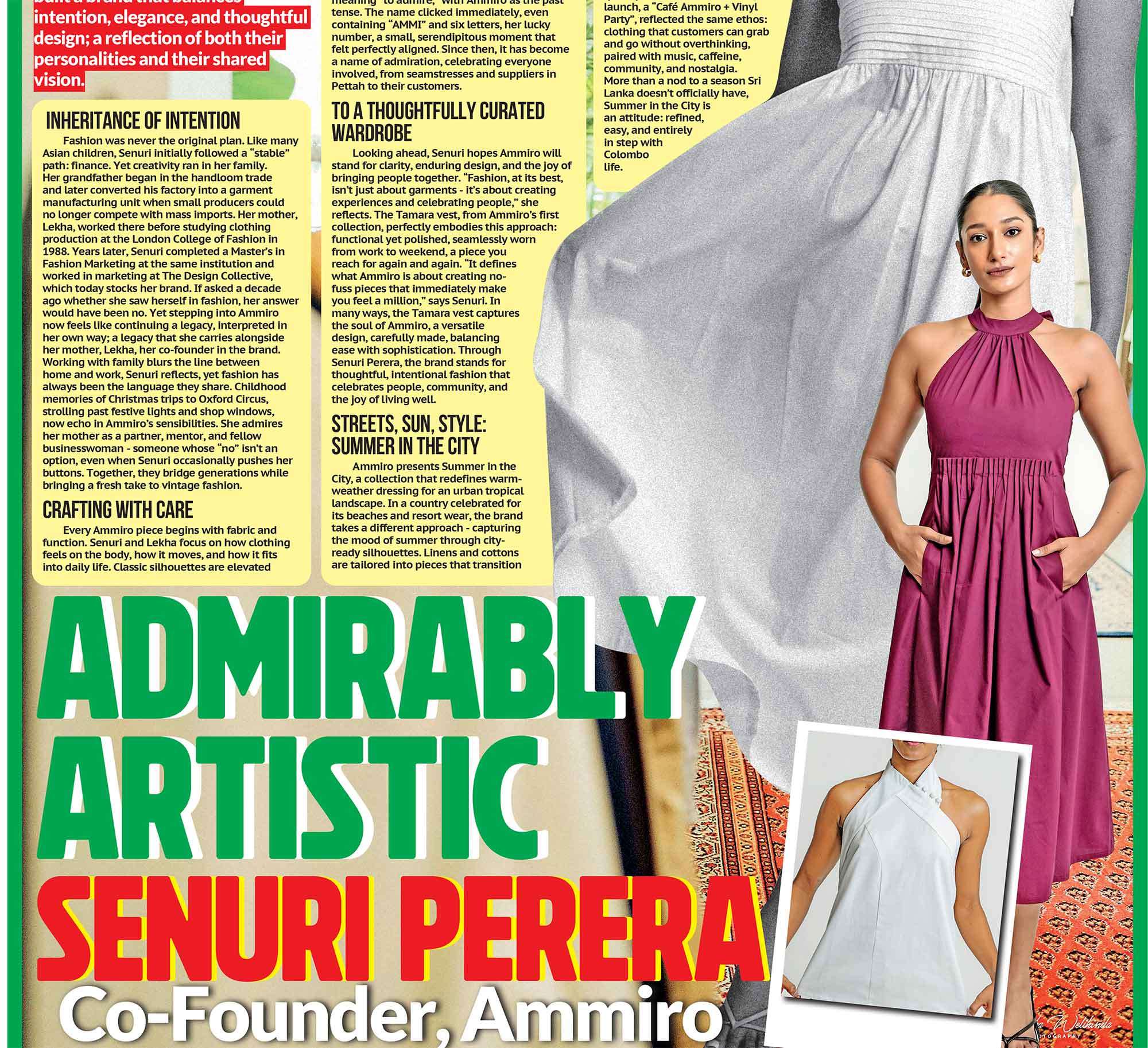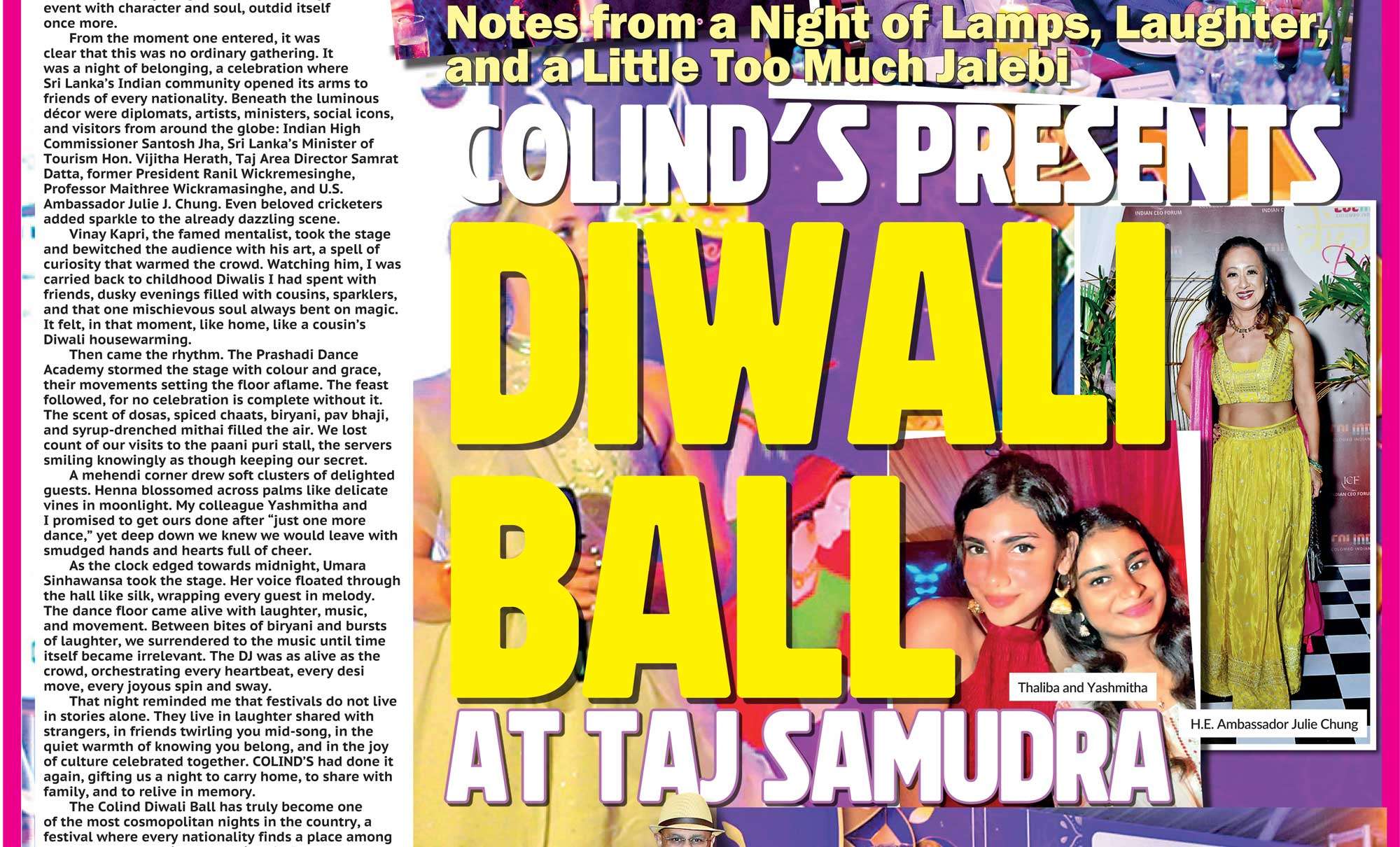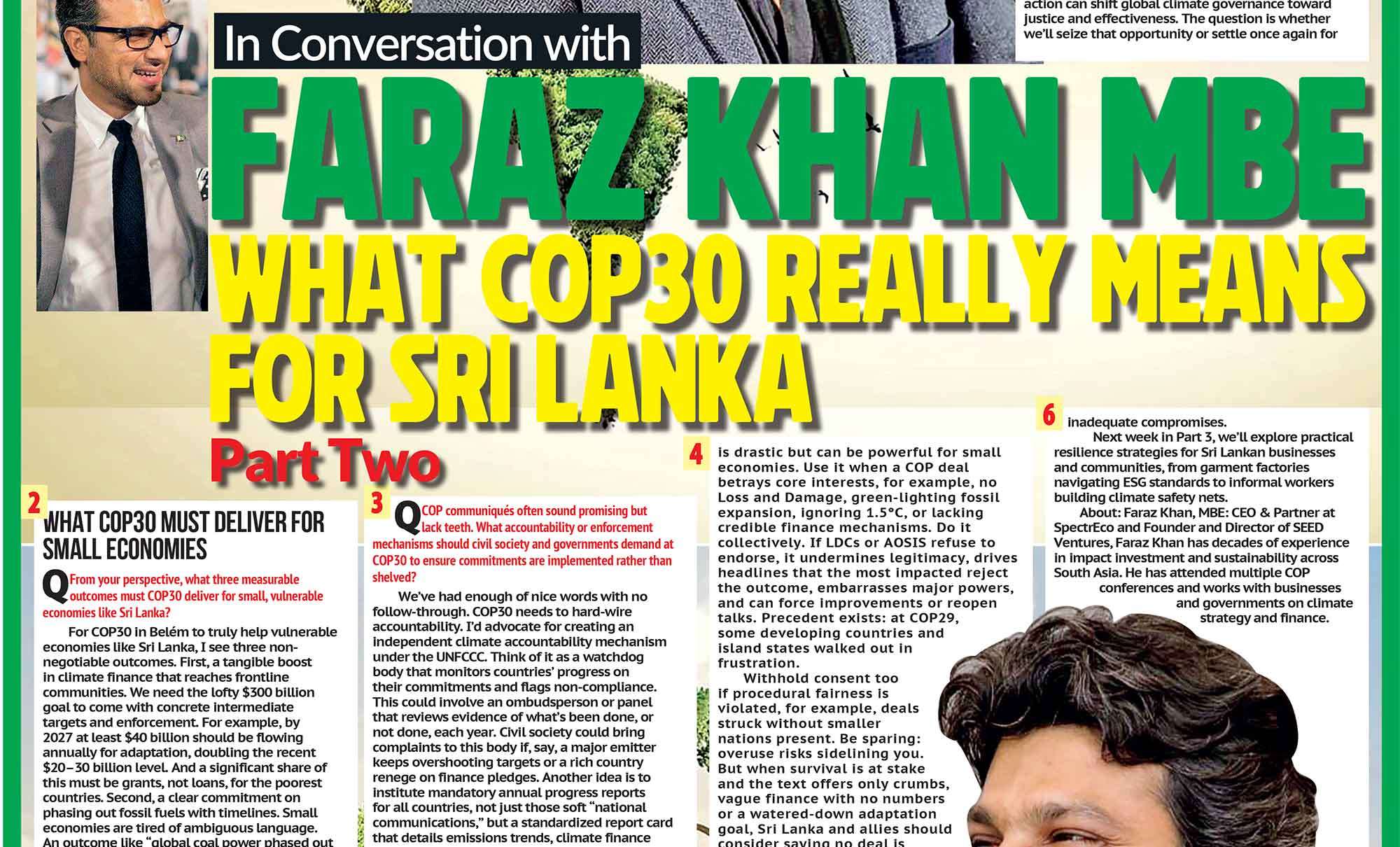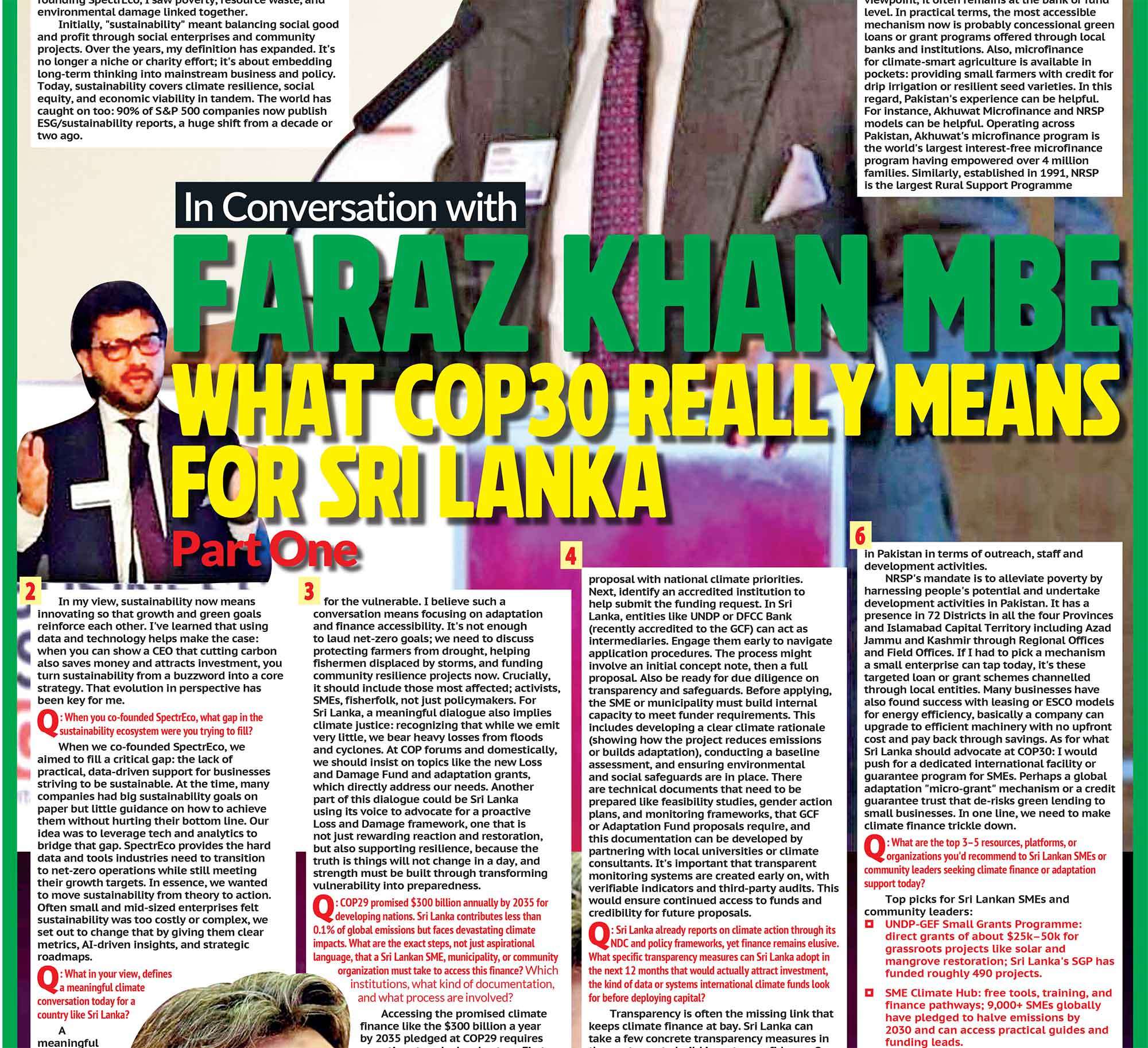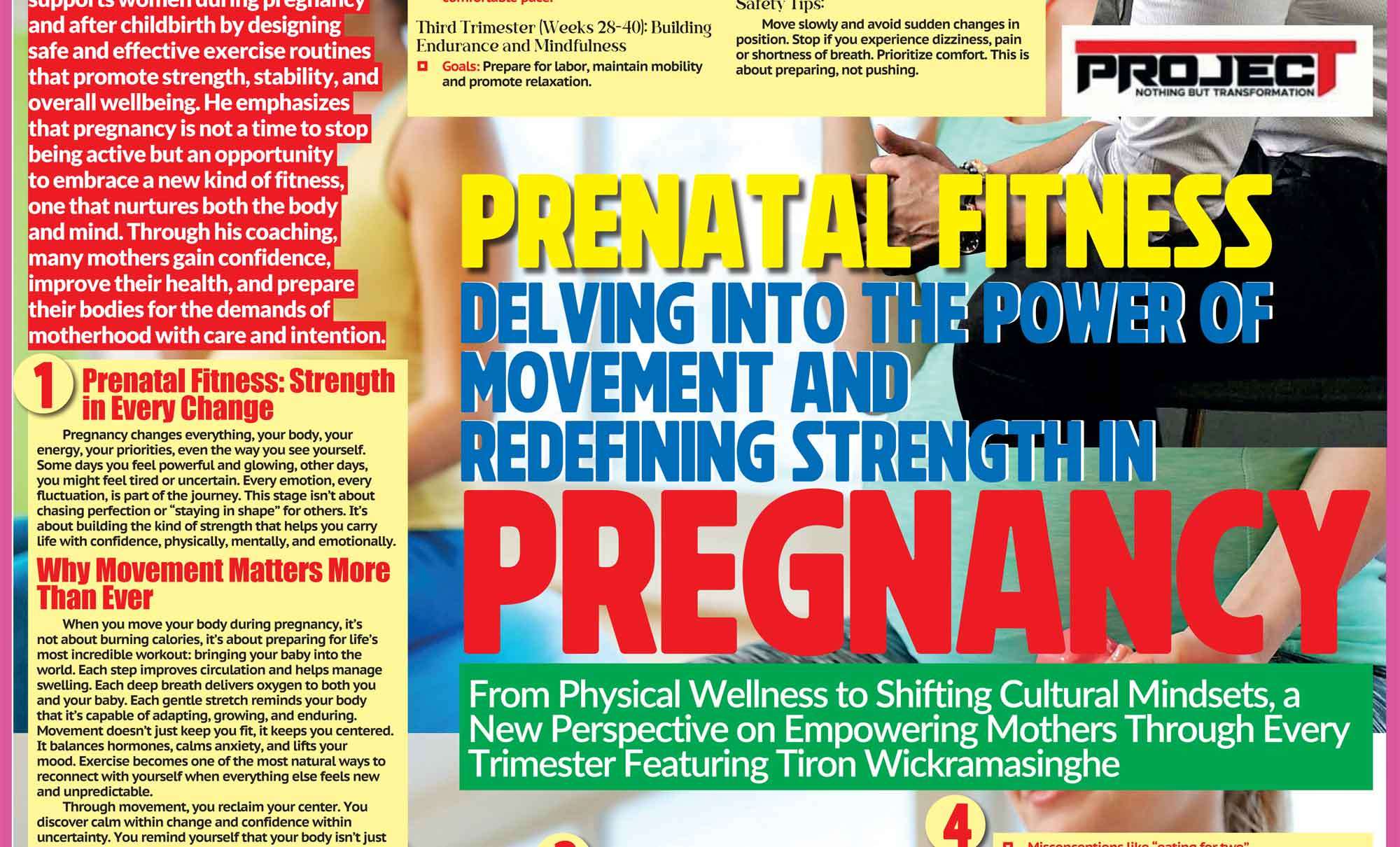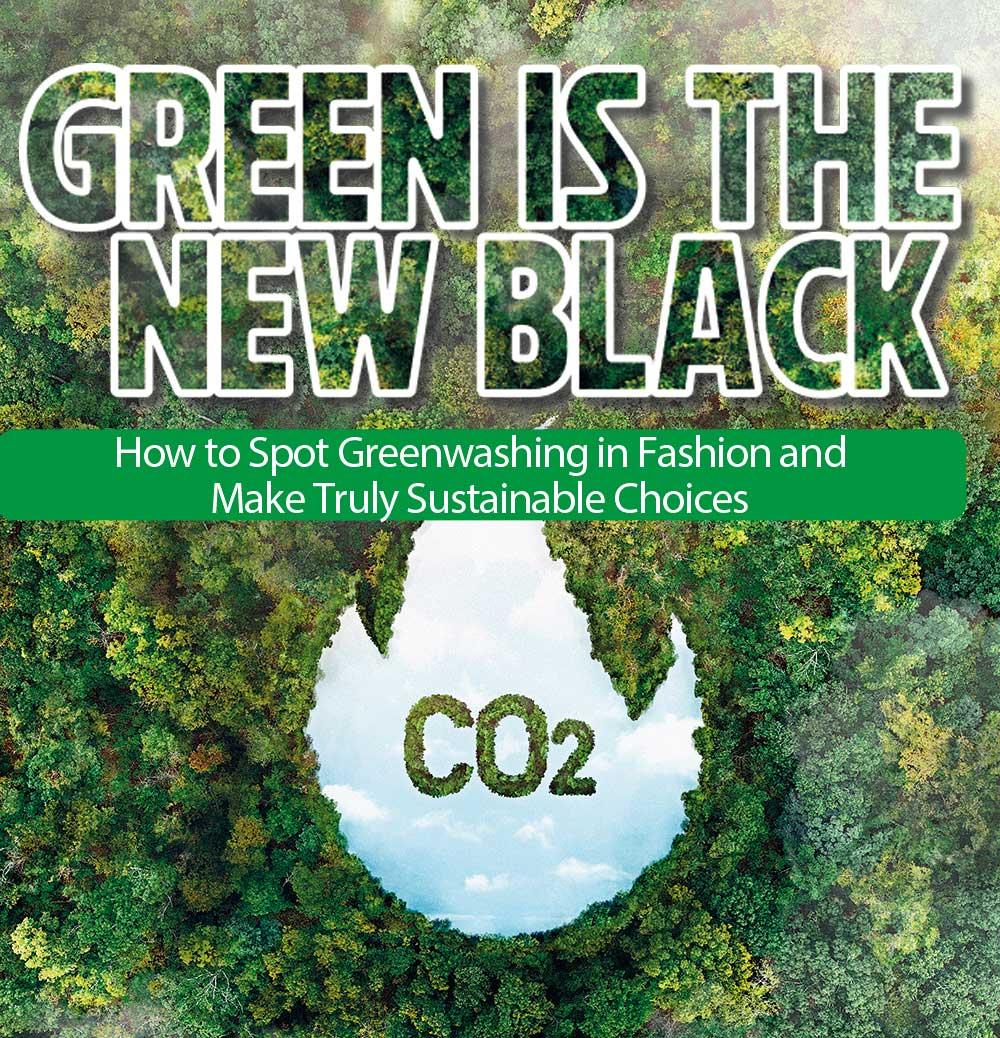
How to Spot Greenwashing in Fashion and Make Truly Sustainable Choices |
In recent years, ‘sustainability’ has become the hottest trend in fashion. From glossy campaigns to clothing tags that boast buzzwords like ‘eco,’ ‘conscious,’ or ‘green,’ it seems every brand is suddenly saving the planet, or at least claiming to. But behind this marketing glow lies a murky truth: greenwashing. It's the practice of making a product or brand appear more environmentally or ethically sound than it really is. And in an industry responsible for nearly 10% of global carbon emissions, this kind of misleading storytelling isn't just dishonest, it’s dangerous. Making sense of sustainable fashion can feel like learning a new language. But understanding the key terms is crucial for making informed choices. So, before we dive into how to spot greenwashing, here’s a quick breakdown to help you decode the most common phrases brands use.
Essential Terms to Know
- Sustainable Fashion: Clothing designed, produced, and consumed in ways that minimize environmental impact and respect human rights.
- Greenwashing: Marketing spin that exaggerates or fakes a brand’s sustainability efforts.
- Fast Fashion: Mass-produced clothing made quickly and cheaply, often at the expense of people and the planet.
- Slow Fashion: A movement that promotes quality over quantity, mindful production, timeless design, and fair labor.
- Circular Fashion: A system where clothing is designed to be reused, repaired, resold, or recycled, not wasted.
Greenwashing
Let’s first look at the definition of Greenwashing
Greenwashing Definition: The practice of using advertising and public messaging to make a company appear more climate-friendly and environmentally sustainable than it truly is. It is also a technique used to distract consumers from the fact that the company's business model and activities cause significant environmental harm.
Types of Greenwashing
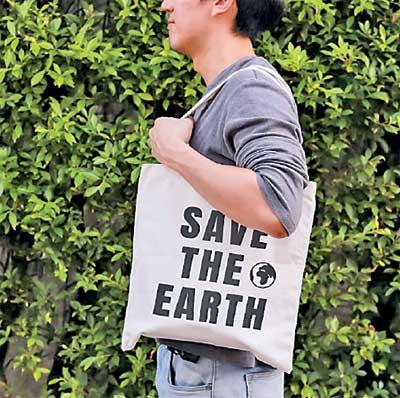 Greenlighting: When a brand highlights one tiny eco-friendly thing to distract you from the big problems they’re still causing. (Example: “This tag is recycled!” while the rest of the product line is unsustainable.)
Greenlighting: When a brand highlights one tiny eco-friendly thing to distract you from the big problems they’re still causing. (Example: “This tag is recycled!” while the rest of the product line is unsustainable.)
- Green-hushing: When companies stay quiet about their sustainability efforts to avoid being questioned or held responsible. (They’re doing something but not telling you what, and that’s not always a good thing.)
- Green-shifting: Blaming you, the customer, for the environmental impact, instead of fixing their own practices. (Think: “You should recycle more” instead of “We should stop overproducing.”)
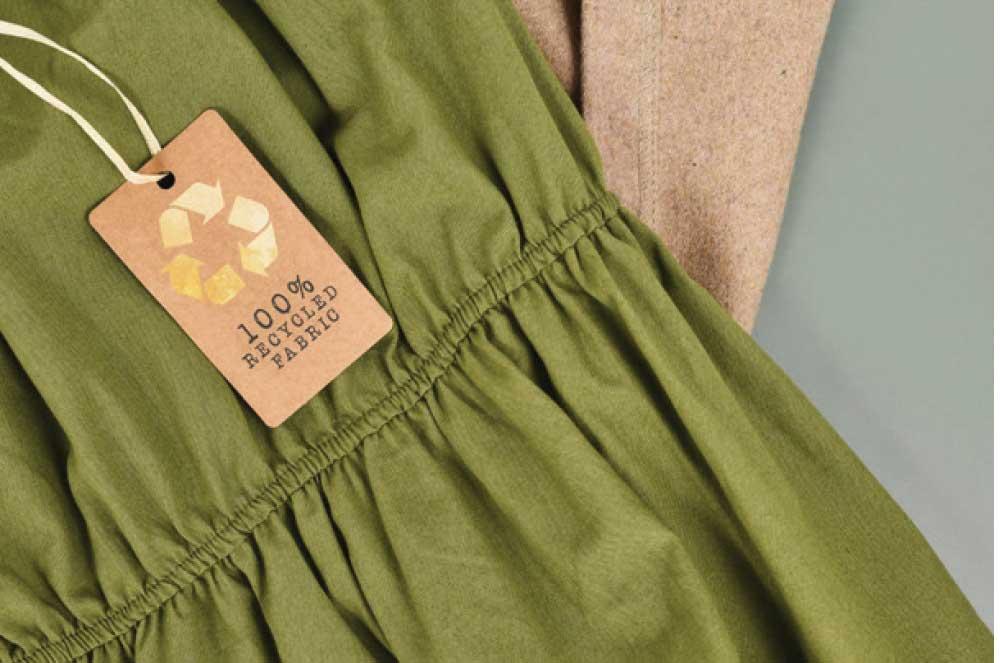
- Green-rinsing: When brands keep changing their goals or sustainability claims so they never have to follow through. (Always promising, never delivering.)
- Green-crowding: Hiding behind industry buzzwords or group pledges to avoid taking real responsibility. (“We’re part of a sustainable coalition” but what are they actually doing?)
- Green-labelling: Using misleading labels or eco-terms that sound good but aren’t backed by facts. (Like putting “natural” or “earth-friendly” on packaging with zero explanation.)
So how do you, as a conscious consumer, tell the difference between genuine sustainability and clever spin? Here are a few ways to read between the seams:
1. Look for Specifics, Not Slogans
“Made sustainably” sounds nice, but what exactly makes it sustainable?
Is it the fabric? The dyeing process? The working conditions? If a brand is genuinely doing the work, they’ll tell you how, with details, not fluff.
- Look for: Certifications (like GOTS, OEKO-TEX, Fair Trade), specific material names, transparent supply chain info. Certifications and standards can help assure you that a brand is doing what it claims. It’s also important to note that no certification scheme is perfect, and many of the widely scrutinized standards have come under criticism at some point from the likes of environmental organizations, activists, and the media. In short, they’re not a silver bullet to fashion’s sustainability or transparency issues. However, they remain useful indicators for the state of various issues and are usually a step in the right direction, because they require brands to meet specific standards by improving their actions. Beware of: Vague claims like “eco-friendly,” “ethical,” or “green” with no proof or explanation.
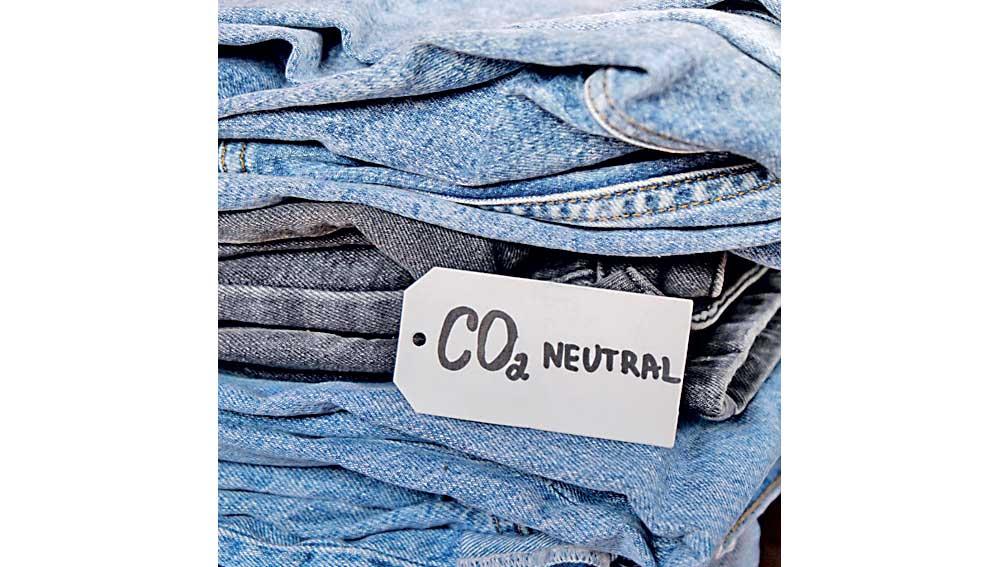
2. Watch Out for the 1% Halo
A brand might advertise a single ‘conscious’ collection while 99% of their business remains fast fashion. This is called “tokenism” - using a small effort to distract from larger harm.
Ask yourself: Is sustainability integrated into their whole business model? Or just a side project?
3. Who Made My Clothes?
Ethics and environment go hand in hand. A truly sustainable brand doesn’t just care about fabric, it cares about people. Check if the brand is transparent about its factories, wages, and working conditions. If that information is missing or vague, it’s a red flag.
4. Limited Drops vs. Endless Sales
Sustainable fashion encourages buying less. If a brand is constantly pushing sales, releasing hundreds of new items weekly, or encouraging impulse buys, even if the materials are “green”, the core model is still unsustainable. True sustainability is about slowing down, not just dressing it up.
5. Price ≠ Ethics, But Transparency Does
Not all expensive brands are ethical. And not all ethical brands are expensive. What matters most is transparency. You have a right to know how your clothes are made.
6. Sustainable Doesn’t Always Mean “Natural”
It’s easy to get caught up in the fiber content; organic cotton, bamboo, linen, but sustainability isn’t only about what a garment is made of. It’s also about how long it lasts and how you care for it. When we talk about sustainability in fashion, we often overlook a simple truth:
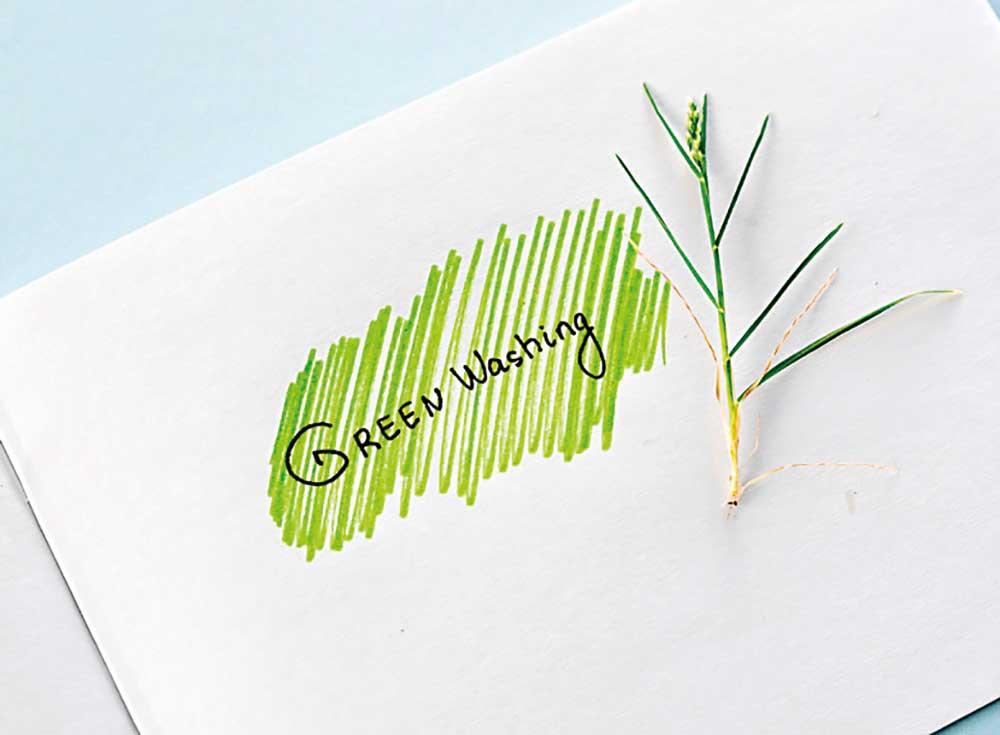
Longevity + quality + mindful use = real impact.
Here’s what actually matters:
- Fabric quality and construction
- Classic patterns that cycle back
- Proper care and storage
- Actually, wearing what you own
Some prints never go out of fashion. Investing in a piece that’s versatile, flattering, and classic means it can live in your wardrobe for years, and that’s sustainable fashion at its best. So, stop obsessing over the label alone. Start demanding garments built to endure, thoughtfully made, timeless in style, and part of your life, not your landfill.
The Bottom Line
In a world where “green” sells, it’s easy to be misled. But being an informed shopper doesn’t mean being perfect, it means being curious. Ask questions. Read labels. Support brands that align with your values. And remember: the most sustainable garment is often the one already in your closet. Our wardrobes hold more than just clothes. They hold choices.
Choosing less = valuing what you already have.
Natural fibers like organic cotton = return to the earth.
Mending = an act of love, extending life.
Thrifting = continuing the story of every piece.
Every button sewn back on.
Every rip stitched up.
Every thrifted find, chosen with intention.
These are small acts.
But they point to something bigger:
A future where fashion doesn’t cost the planet.
Support local upcycling. Wear your values. Start with one choice at a time.
Call to Action:
What does sustainability mean to you? Have you ever been misled by a ‘green’ label? I’d love to hear your thoughts, stories, or questions. Write to me, share your experience, or tag me if you’re building a more mindful wardrobe, one choice at a time. Let’s keep this conversation going. Email: shri@shabelparis.com



